
Please Don’t Report Mr. Fluffernoodles, He’s Not A Cougar: ‘This Happens More Than You Think’
I swear to god yesterday afternoon I saw my first ever nutria. It was on a lawn next to a duck pond by the side of the road. A gal was jogging past it. OK, so maybe it was a beaver, or a muskrat on steroids. It wasn’t there for closer inspection when I swung by later. But it definitely was a rodent of unusual size. That much I’m sure of.
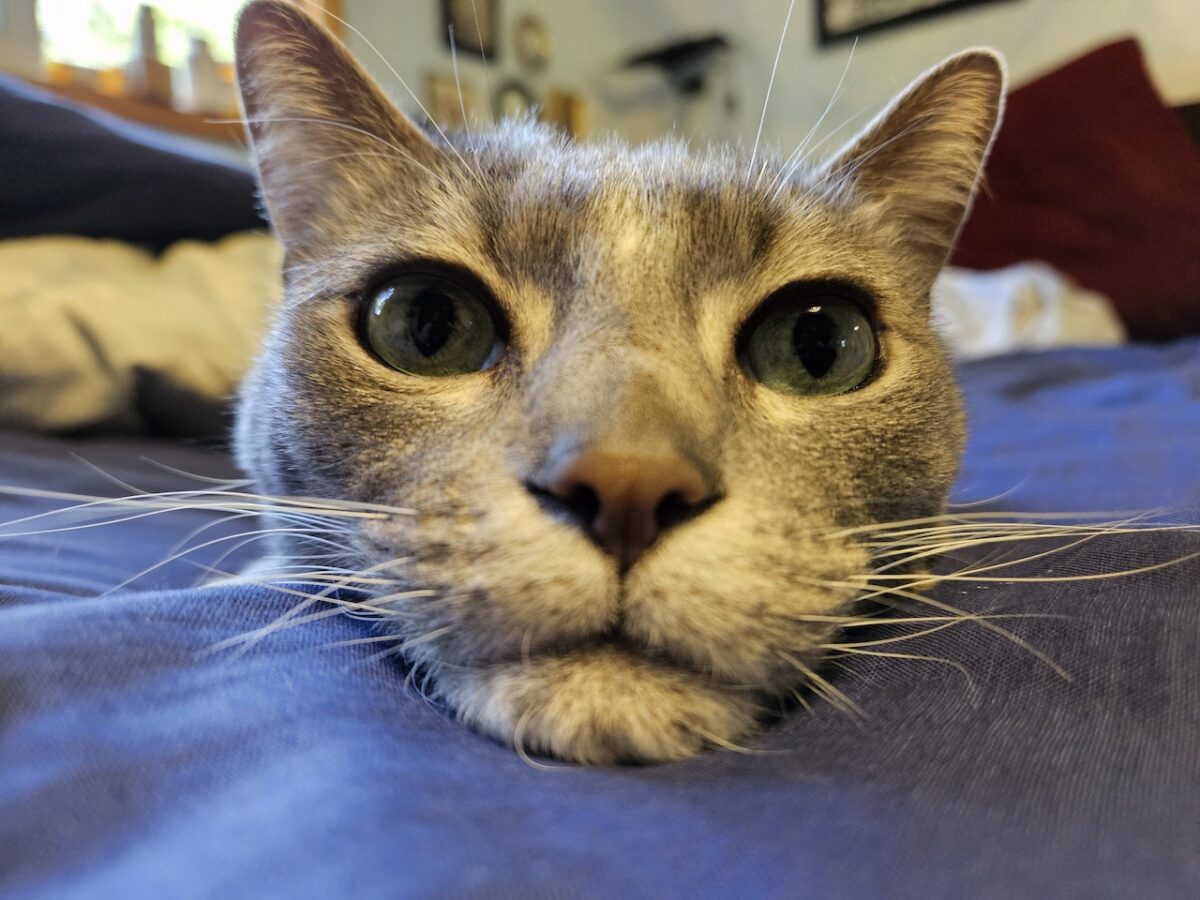
I bring this up because of all the coverage the “cougar” that was spotted in a Portland suburb’s park last week has generated. Turns out that one was just a housecat.
But hell, if even a half-assed amateur sort-of wildlife expert such as myself can’t make a positive ID on something right beside the damn road, how do you think the general public is going to fare with fleeting glimpses of possible pumas, lurking mountain lions and kiddy-craving catamounts?!?
Still, you also gotta feel for the biologists and wildlife conflict specialists who inevitably get called out to check on sightings like this knowing that in all likelihood it’s just Mr. Fluffernoodles on a walkabout – and for how embarrassed the reporting parties must be (or should be) afterwards.
The Tigard tabby has drawn coverage from as far away as People Magazine and USA Today, and today former Oregon gubernatorial candidate, New York Times writer and Willamette Valley cider supplier Nicholas Kristof got in some yucks, tweeting, “Our genuine cougars at @KristofFarms are indignant that their species is being confused with house cats. This local cougar (from our wildlife camera) says she feels disrespected:”
This latest kitty causing a tizzy wasn’t the first to be mistaken for a big cat, and it most assuredly will not be the last.
“This happens more than you think,” ODFW tweeted.
You can say that again.
I’m a huge fan of WDFW’s Wildlife Program reports, and over the years the bimonthly rundown has detailed a bunch of similar misidentifications. Recent months have kept up the pace, with July and September particularly rich with fraudulent felines – and more.
Indeed, Vancouver had its own mistaken mouser this past summer …
“Cougar” Sighting: Wildlife Conflict Specialist Jacobsen received a report of a cougar sighting along a popular trail in Vancouver. The reporting party sent photos of the animal to Jacobsen, who confirmed that the photos were of a domestic house cat. The size, coloration, and striped tail were very indicative of a house cat. The reporting party was not convinced and believed the cat to be a very large specimen.
–WDFW Wildlife Program report, July 16-31, 2023
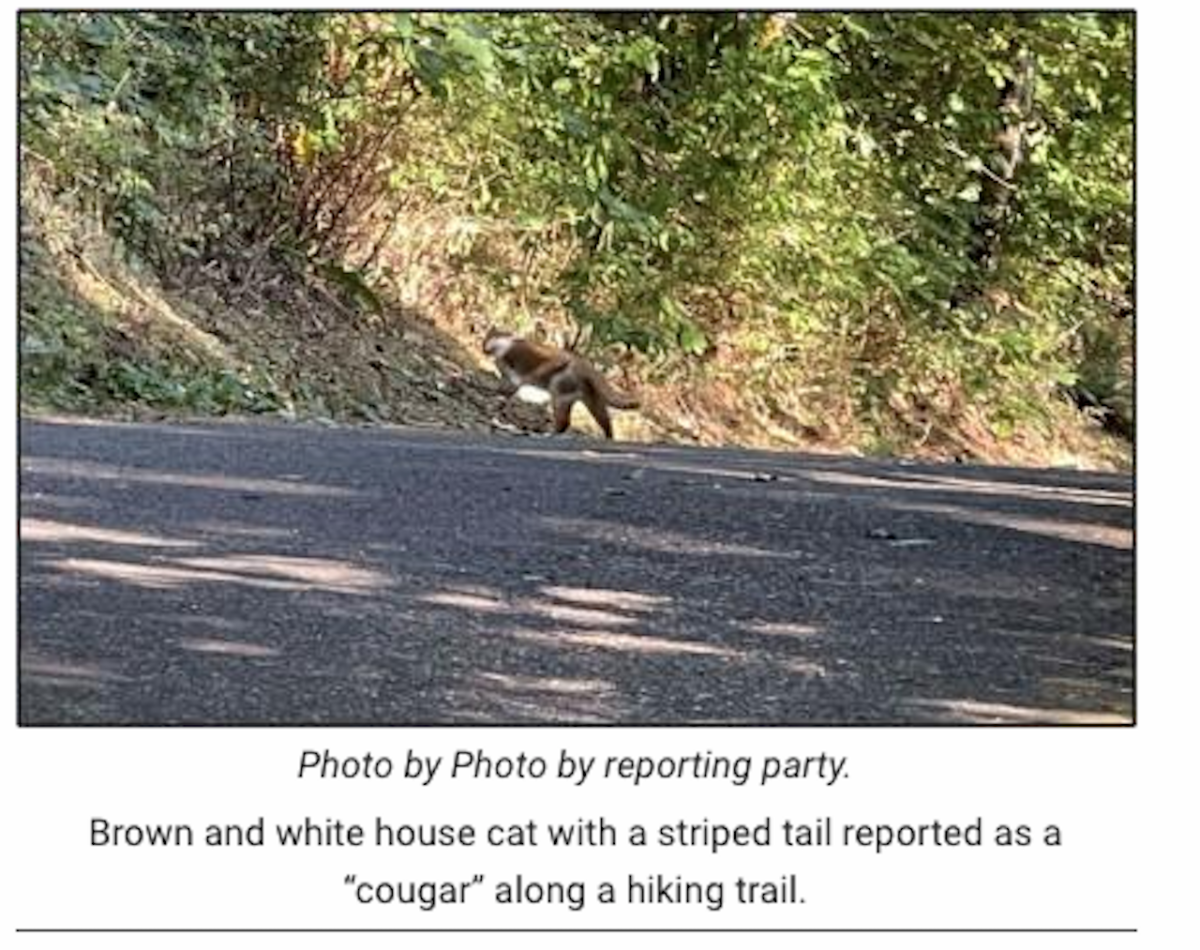
A bobtailed felid got the short end of the stick when it was somehow misidentified as a longtailed one …
A concerned member of the public contacted local police after she observed what she believed was a cougar near a local business. Police staff contacted Wildlife Conflict Specialist Jacobsen, who confirmed the animal in question as a bobcat.
–WDFW Wildlife Program report, September 1-15, 2023
Lynx mainly hang out in the high country of the far North Cascades, Pasayten and Kettle Range, but a fair number are said to be spotted in the Lower Columbia’s lowlands …
Animal ID: A homeowner contacted Wildlife Conflict Specialist Jacobsen about a feline in the yard that they believed was a lynx. The landowner took a great photo of the animal! Jacobsen confirmed the animal as a bobcat. It is not uncommon for Washington Department of Fish and Wildlife staff members to receive reports of lynx in southwest Washington, though all end up being bobcats or domestic house cats. Less than 50 lynx are known to persist in Washington, with all of those residing in the North Cascades. Lynx were historically present to some degree in the South Cascades, though unfortunately not much evidence exists of their presence here past the late 1890s.
–WDFW Wildlife Program report, September 1-15, 2023
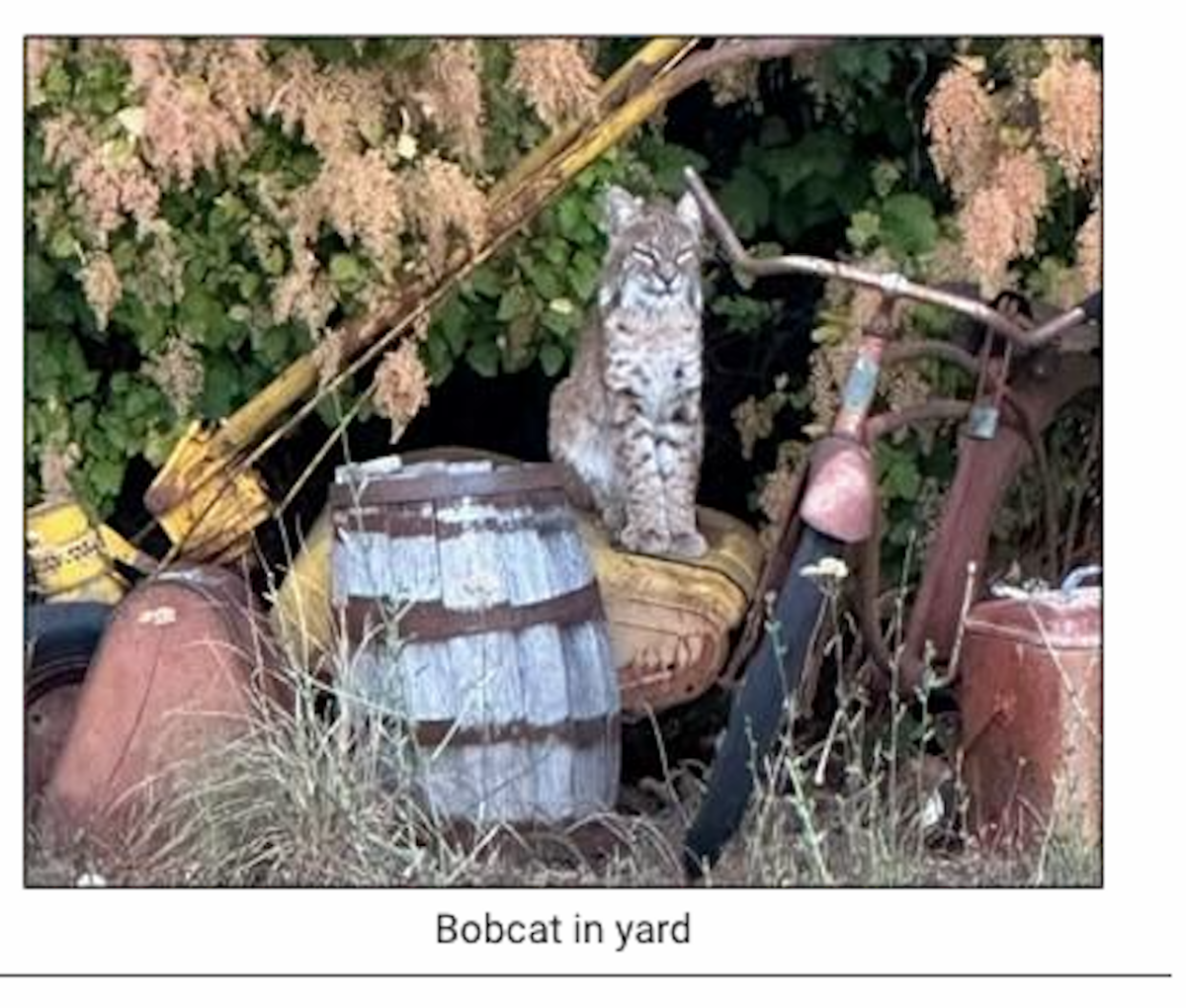
Along with species, misidentifications also occur with, er, specimens:
Scat Identification: A concerned homeowner emailed pictures of some scat that she found in her yard to Washington Department of Fish and Wildlife, believing the scat was bear scat. Wildlife Conflict Specialist Jacobsen identified the scat as raccoon scat and provided advice to the homeowner.
–WDFW Wildlife Program report, September 1-15, 2023
It’s been said the mere mention of wolves creates its own reports, but sometimes they’re confused with the critters that joined us at the campfire lo many moons ago …
Reported Wolf Sighting/Depredation: Wildlife Conflict Specialist Kolb and Natural Resource Technician Moberg followed up on a reported wolf sighting and depredation (single chicken) in the town of Dayton. After speaking with the reporting party, Kolb followed up with the Columbia County Sheriff’s Office (CCSO). CCSO reported that one or multiple domestic dogs were reported to have been involved with multiple chicken depredations the previous day. Kolb followed up with the reporting party from the CCSO report, who had photographs of one of the large domestic dogs implicated in the previous chicken depredation. Kolb shared the photo with the reporting party from the most recent incident and the reporting party indicated that it “might” be the same canine. Kolb also spoke with the owner of the chicken that was reportedly taken. The owner of the chicken stated that they were going to repair their fencing so chickens could not get out of their yard. A thorough search of the area reveled domestic dog signs, but no wolf sign.
–WDFW Wildlife Program Report, March 1-15, 2023
Then there are the creatures we don’t want anywhere near the campfire …
Wildlife Conflict Specialist Jacobsen was contacted by a concerned homeowner after the homeowner noticed an unusual animal in his yard. The homeowner described the animal as “four times larger than a cat, pure white, with a tail that curls up like a dog, hair like a pig, that jumps like a cat, and likes his compost pile.” The homeowner believed that there were wildlife species hybridizing in the woods around him. Jacobsen advised the homeowner to try to get a picture of the animal and to set up a trail camera. A couple of weeks later, Jacobsen received a photo of the animal from the homeowner. Though the picture was taken at a substantial distance and the animal in question was blurry, Jacobsen believes that the animal was likely a raccoon with a skin/hair condition that caused it to lose much of its fur (though it also resembled a house cat in some respects). The homeowner wasn’t convinced.
–WDFW Wildlife Program report, September 1-15, 2023
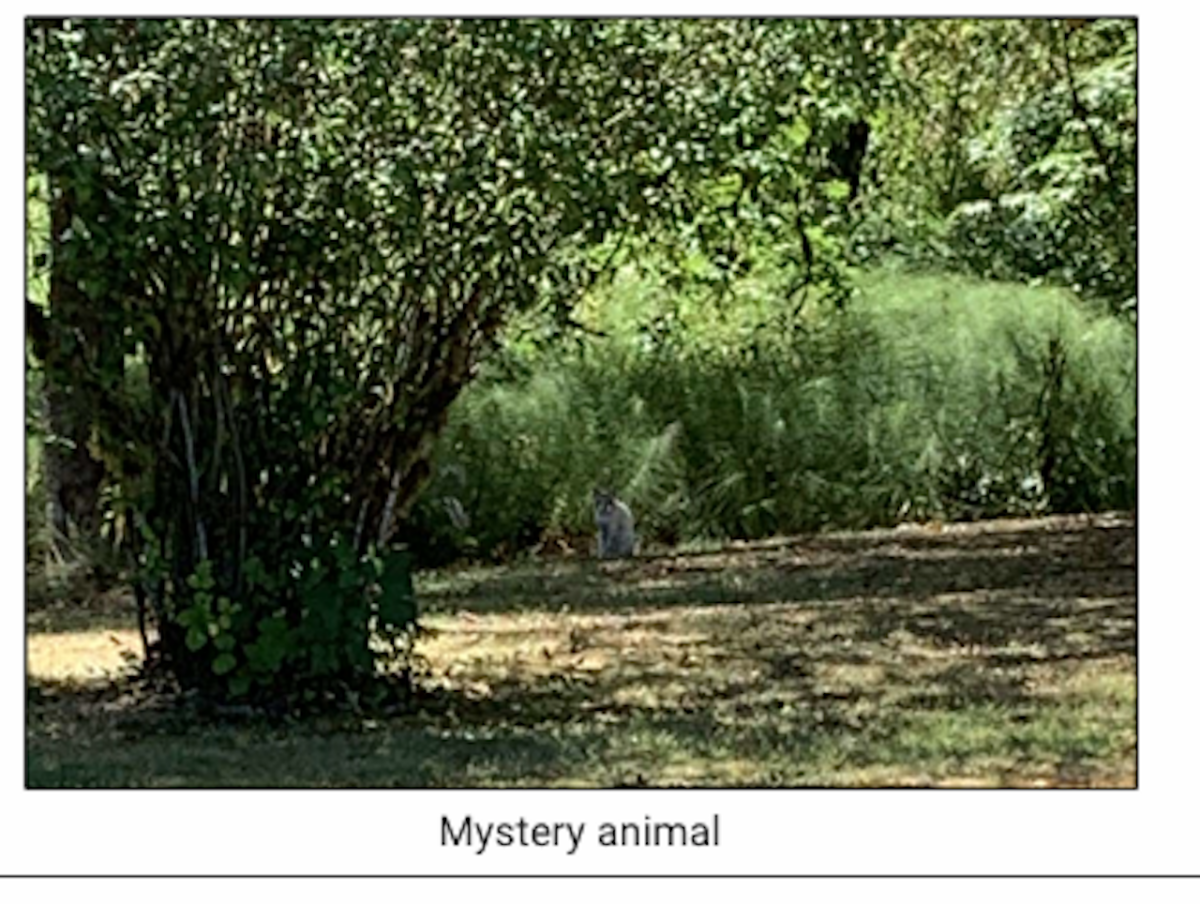
Indeed, the public’s imagination is vivid.
Consider the fantastical black panther with a very unique grill said to roam the Washington side of the Columbia Gorge …
Feline Hybrid: Wildlife Conflict Specialist Jacobsen responded to a media request regarding the mythical “Klickitat ape cat” that has been hotly debated by locals in the watering holes of Klickitat County. Jacobsen provided information on melanism in wildlife as well as on the biology of large cats of the world. Enough said on this nonsense.
–WDFW Wildlife Program Report, February 1-15, 2023
Actually, that whole thing is based on some fun that a local store is having, but I’m pretty sure I caught it on one of my trail cams last week … Just gotta get DFW to come out now and confirm it.
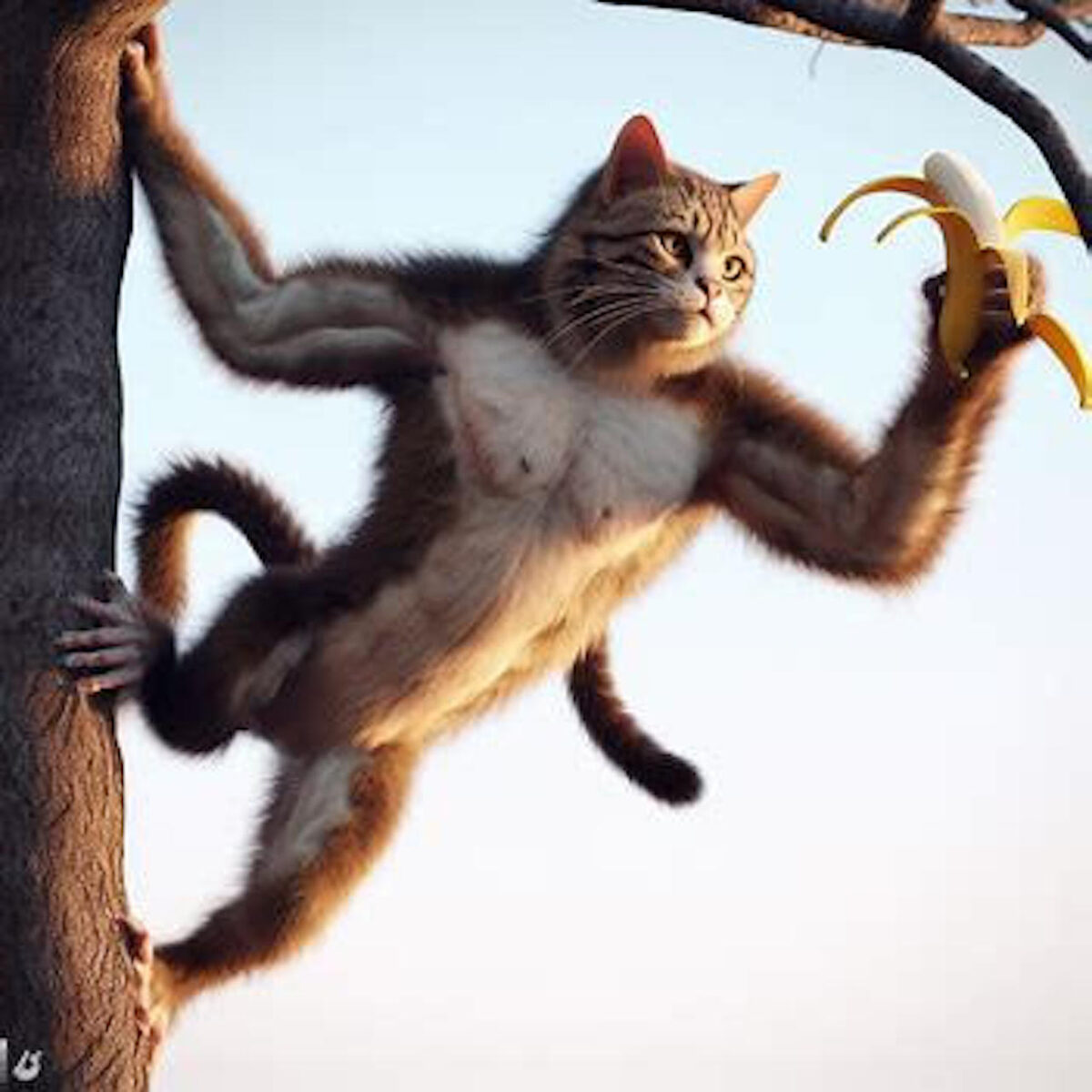
Indeed.
